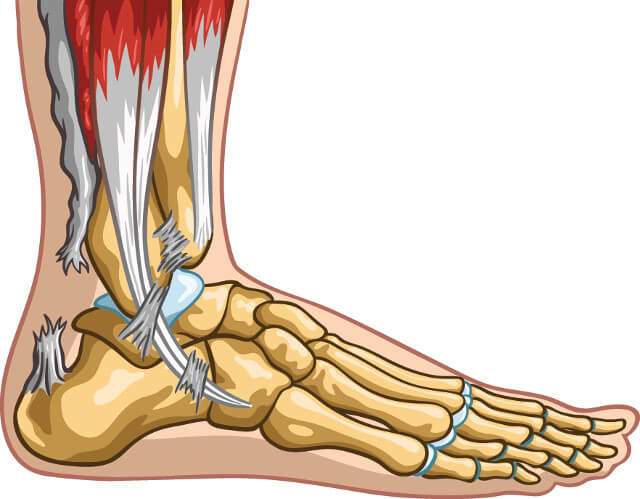Achilles tendon rupture is a condition that results when the Achilles tendon is torn. The Achilles tendon connects the heel bone to the calf muscle, and it is responsible for helping you walk, run, and jump. Achilles tendon in Singapore is a common injury, and it can occur in both athletes and non-athletes. It is good for you to know that this condition is treated by resting, icing, and elevating the injured leg. It is also good to know that painkillers are given to reduce pain and swelling.

5 Causes of Achilles tendon rupture
- Overstretching of Achilles Tendon
Your Achilles tendon can rupture due to overstretching. This can happen when you suddenly increase the amount of exercise you do or when you push yourself too hard during an activity.
- Tendonitis
If you have tendonitis, your Achilles tendon may be more prone to rupture. Tendonitis is a condition that causes inflammation and pain in the tendon.
- Aging
The risk of Achilles tendon rupture increases as you get older. This may be because the tendon becomes weaker and less flexible with age.
- Incorrect shoe size
Wearing shoes that are too small or too big can put too much strain on your Achilles tendon and increase your risk of rupture.

- Sudden impact
Rupturing your Achilles tendon can also occur when you make a sudden jump or stop abruptly.
Symptoms Of Achilles tendon rupture
- Sharp Pain
When you have an Achilles tendon rupture, you will likely feel a sharp pain in your heel. This pain is often severe and may keep you from walking or participating in activities.
- Swelling
The area around your heel may swell rapidly after the rupture occurs.
- Weakness
You may experience weakness in your ankle and foot after the rupture.
- Difficulty Walking
You may have difficulty walking after the injury occurs. This is because the Achilles tendon helps you walk and when it is ruptured, you will have a harder time doing this.
Treatment for Achilles tendon rupture
- Rest
It is important that you rest your ankle and foot as much as possible after an Achilles tendon rupture occurs. This will help reduce swelling and pain.
- Elevation
Elevating your foot and ankle can help reduce swelling and fluid buildup. You should always elevate the injured leg as soon as you notice that swelling has begun to occur after an Achilles tendon rupture happens.
- Ice Therapy
Ice packs applied directly to the skin may also help reduce blood flow to the area, which will slow down how quickly it swells and heals and relieve any pain and throbbing you feel in your heel.
- Medication
Prescription or over-the-counter medications may be used to treat an Achilles tendon rupture, depending on how severe it is. Painkillers can help manage pain caused by ruptured tendons, while prescription medications such as nonsteroidal anti-inflammatory drugs may be prescribed to reduce swelling and pain.
- Physical Therapy
Physical therapy is often used after an Achilles tendon rupture in order for you to regain strength and mobility in your ankle and foot. You will need to stretch and exercise the muscles in your feet, ankles, and calves during physical therapy sessions in order to strengthen them and make sure they are the proper length.
- Surgery
If noninvasive methods of treatment such as rest, medications, therapy, or casting fail to improve your condition; then surgery may be necessary for you to fully recover from Achilles tendon rupture
In conclusion, it is good for you to know the different causes and symptoms of Achilles tendon rupture. It is also important for you to be aware of the different treatment methods that are available in order for you to get the best care possible. Knowing all this information will help you stay safe and healthy.

























